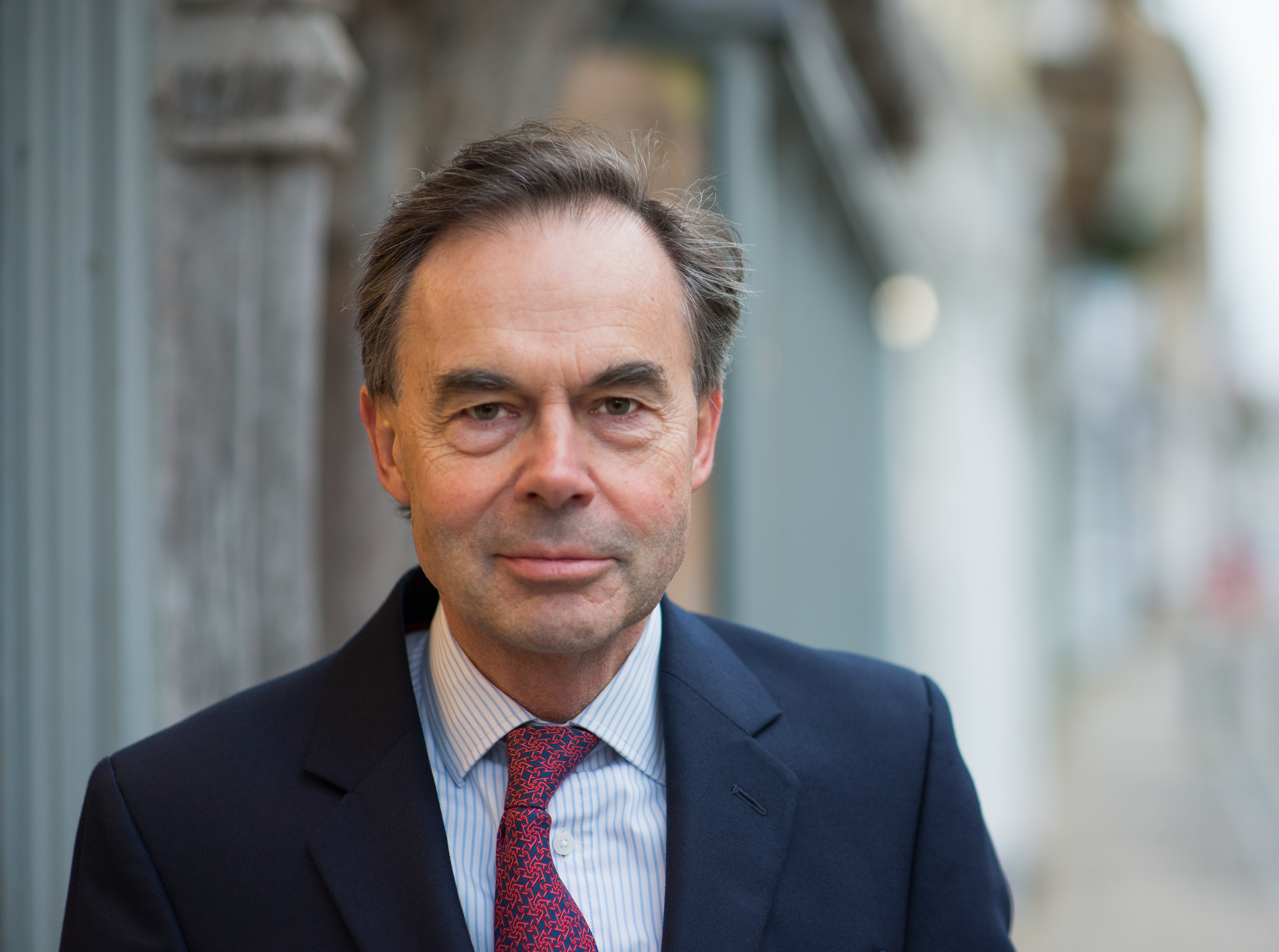We wrote the last of this series of reports on global equity markets on 15th March, almost exactly coinciding with the pit of the gloom around the ‘banking crisis’.
Equity markets have moved on from this fear, reasonably convinced that the problems were quite specific and not a systemic risk. So, returns from that point until today look impressive with world indices gaining around 7% (US$ terms) since then. That restores the shine to equity market performance for the year to date, led by a 16% gain for the NASDAQ and closely followed by European markets.
Over this rather rosy period, it is hard to find many detractors from performance amongst the major stocks. Volkswagen slipped 4% and Mercedes-Benz were mildly negative, while Tesla gained 2.5% and Toyota Motor just 1%, and that’s about it. The major banks have all rallied, helped by the onset of the reporting season, which they always kick-off, and good figures from JP Morgan and Citigroup have propelled their stocks back up and both are positive for the year again. Goldman Sachs is a bit of a laggard after further dull figures, and they remain down for the year. At the struggling end of the US regional banks, First Republic have not recovered and their future is still in doubt; Charles Schwab, who were also caught-up in the panic, reported reassuring figures and have picked-up from the worst though they remain 35% lower than the start of the year.
Consumer discretionary stocks featured more gains for luxury goods, LVMH and Hermès leading after more good figures and encouraged by economic resurgence in China. At the more mundane level, McDonald’s gained 9% and there were similar gains for Panasonic and Sony in Tokyo. It was not an obvious period for consumer staple stocks, but L’Oréal definitely caught the luxury goods wave with a 14% gain. The technology sectors remained firm but were not the stand-out feature that they have been over the year to date.
The oil majors recovered with a (modest) gain in the price of oil following the OPEC+ decision to cut production: BP, Chevron and Exxon Mobil all gained around 12%. Mining stocks have been highly volatile over the year but over this period they show strong gains: Anglo American rose 9% and Glencore 21%, though both are still down for the year. There appears to be an upsurge in takeover activity amongst the miners with major companies seeking to spend their cash on buying rivals to replace their own production. Newmont Corp., the US gold giant, is attempting to take over an Australian rival, Newcrest Mining. The bid is now approaching $20bn, which would rank as the largest takeover ever in gold mining if it succeeds. It would also increase Newmont’s lead over rivals as the no. 1 gold producer. Glencore is pursuing a bid for the Canadian miner Teck Resources, another $20bn+ potential transaction.
The problems in the banking sector have undoubtedly added to constraints in credit at a time when demand for borrowing is slipping back (hardly surprising given the move in borrowing costs. In turn, this must reduce pressure on central banks to keep raising base lending rates at a time when inflation also appears to have peaked. The indications are that we may see some more modest increases, but that ‘terminal rates’ are in sight. It is hard to be too optimistic for equity markets in the wake of such a strong move, it does feel that a ‘pause to refresh’ would be in order. But, if the reporting season does not provide too many shocks/unpleasant surprises, markets may well grind higher, if only as the mood still appears to be resolutely negative with a lot of cash on the side-lines.
The above article has been prepared for investment professionals. Any other readers should note this content does not constitute advice or a solicitation to buy, sell, or hold any investment. We strongly recommend speaking to an investment adviser before taking any action based on the information contained in this article.
Please also note the value of investments and the income you get from them may fall as well as rise, and there is no certainty that you will get back the amount of your original investment. You should also be aware that past performance may not be a reliable guide to future performance.
How would you like to share this?

